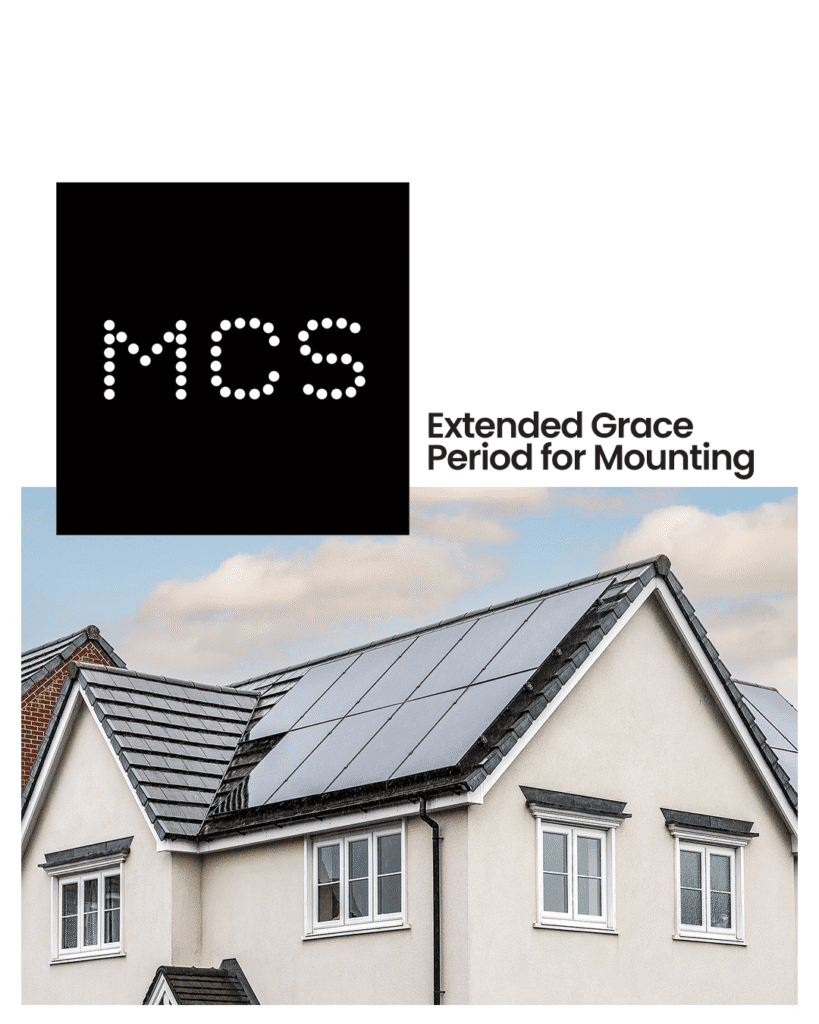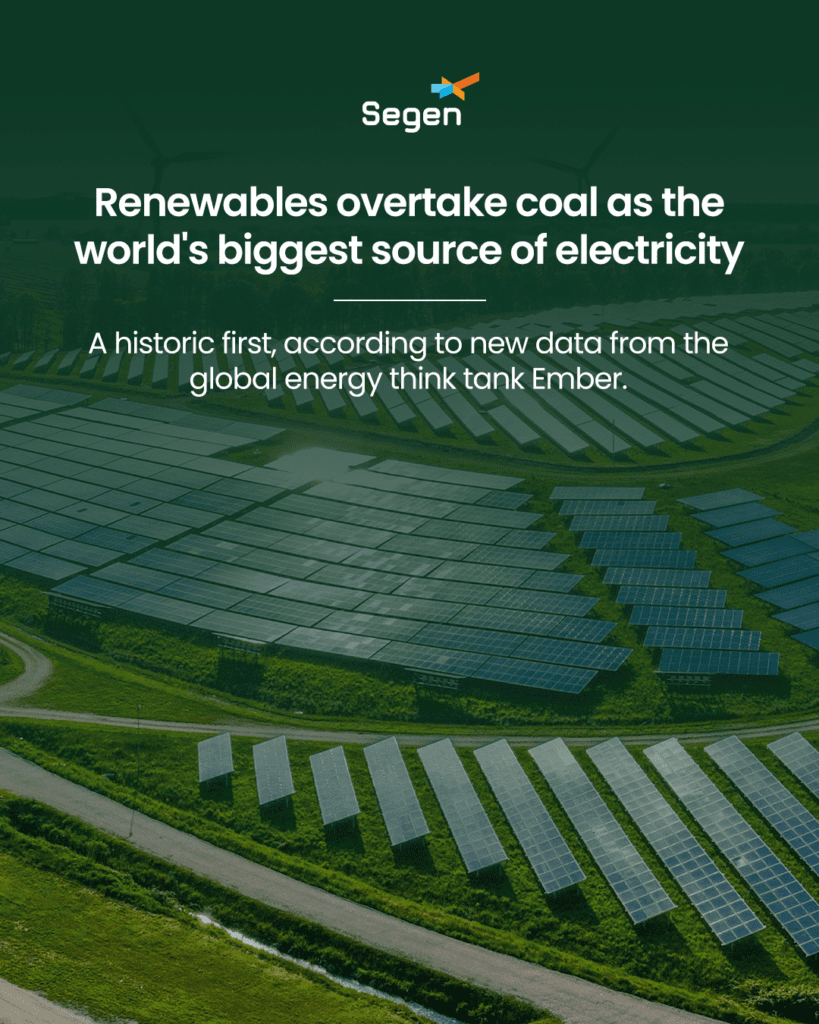What Makes a Good C&I Module?
We asked. The AIKO 485W Neostar answered.
Power classes increase, prices fluctuate, and technology changes. What was commercial last year is now considered residential, so what makes a good C&I module right now? We thought we’d find out.
What makes a module suitable for a C&I application?
Is it technical? Like having a high-power density, low LCOE, and a good temperature coefficient. Is it about getting the best bang for your buck? – The largest size at the cheapest price. Or is it about size and aesthetics? A silver frame, a white back sheet, and high power.
Residential modules are no longer easy to pigeonhole too. While the majority of homeowners choose aesthetically pleasing all-black 54-cell modules, in some European countries, they put ginormous 72-cell 2.3m long modules on their houses!
The results
We posed this question to the Segen team, which revealed that a silver frame = commercial, as does any module over 480W, and 60- and 72-cell black frame modules with white back sheets are also mostly commercial. Do you agree? Emails to marketing@segen.co.uk, please!
The mid-zone
• 54-cell
• 480-520W
• Black frame
• White back sheet
So, with that in mind, we looked for a universal module and up popped the AIKO 485 Neostar – black frame ✅, high power, high efficiency ✅, great for systems with size restrictions, and with partial shading optimisation and superior micro-crack resistance (due to ABC technology) thrown in. ✅ ✅ ✅!
This module is in stock now – but look out for the beefed-up 490W module that is coming soon (keep your eye on our social media channels and on the portal for updates). In the meantime, check out the 485W and the rest of the AIKO range here.










